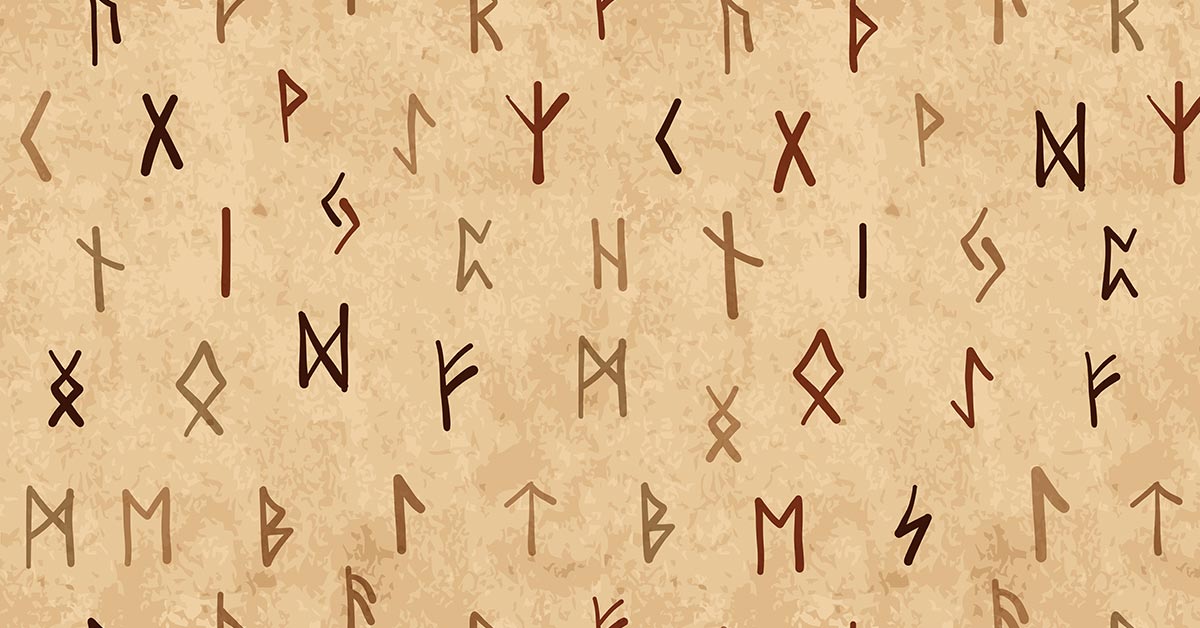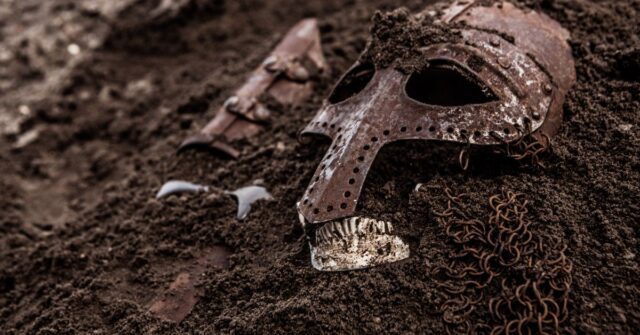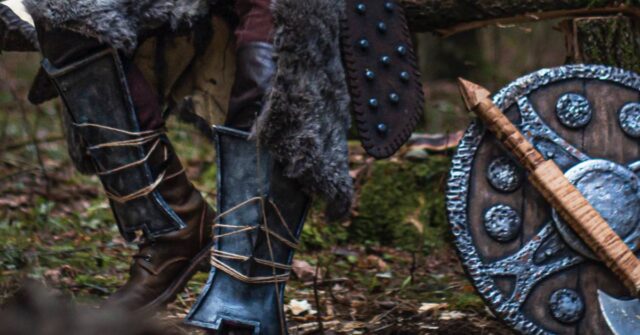Have you ever wondered what language echoed through the halls of Viking longhouses, or sailed across the seas with their formidable fleets?
Let’s dive into the linguistic waters of the Viking Age and uncover the rich tapestry of sounds and words that defined this fascinating period in history.
Introduction to the Viking Era
The Viking Age, a period stretching roughly from 793 to 1066 AD, was marked by the expansion of Norse adventurers, traders, and settlers across Europe and even to the distant shores of North America.
This era of exploration, trade, and sometimes raiding, brought the Vikings into contact with a myriad of cultures, influencing and being influenced in turn.
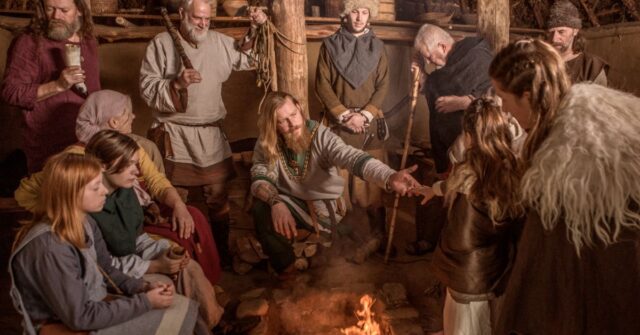

The Geographic Spread of Vikings
From their homelands in what is now Denmark, Norway, and Sweden, the Vikings set sail on their longships.
Reaching as far west as Newfoundland in Canada, as far east as the rivers of Russia and the Byzantine Empire, and as far south as the Mediterranean.
Chronology of the Viking Age
This period was not just about pillaging and conquest. It was also a time of settlement, trade, and cultural exchange that played a crucial role in shaping the medieval world.
The Viking Age saw the Norse people establish themselves as a significant force across Europe.
The Linguistic Heritage of the Vikings
The language spoken by the Vikings is known as Old Norse, a North Germanic language from which modern Scandinavian languages derive.
But Old Norse was not a uniform language; it varied across different regions and evolved over time.
Origins of the Norse Language
Old Norse developed from Proto-Norse, spoken in Scandinavia during the Iron Age.
This language, in turn, had its roots in Proto-Germanic, tying the Vikings linguistically to other Germanic peoples of the time.
Dialects Within Old Norse
Old Norse was a diverse linguistic landscape, with dialects that varied significantly across the Viking world. The most commonly recognized of these are the West Norse and East Norse dialects.
West Norse and East Norse
West Norse, the ancestor of modern Icelandic and Norwegian, was spoken in Norway, Iceland, and parts of Scotland and Ireland.
East Norse, which gave rise to Danish and Swedish, was spoken in Denmark and Sweden. Despite their differences, these dialects maintained a degree of mutual intelligibility.
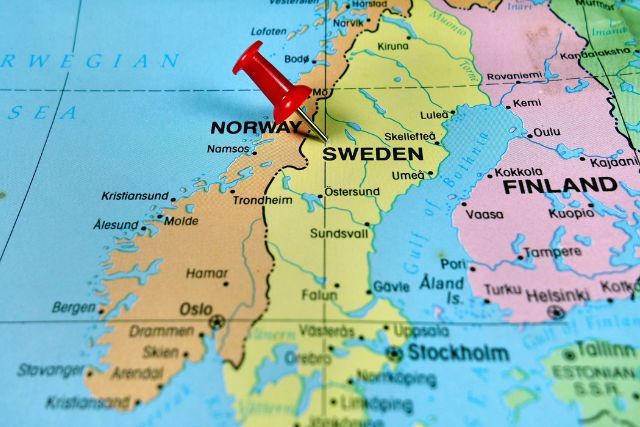

Old Gutnish and Its Unique Position
Old Gutnish, spoken on the Baltic island of Gotland, is often highlighted for its distinct characteristics.
This dialect, while part of the East Norse branch, had unique features that set it apart from its mainland cousins.
The Runic Alphabet: Writing of the Vikings
While the Vikings are often thought of as a largely oral society, they did possess a system of writing: runes.
These characters were not only used for monumental inscriptions but also for everyday messages and commerce.
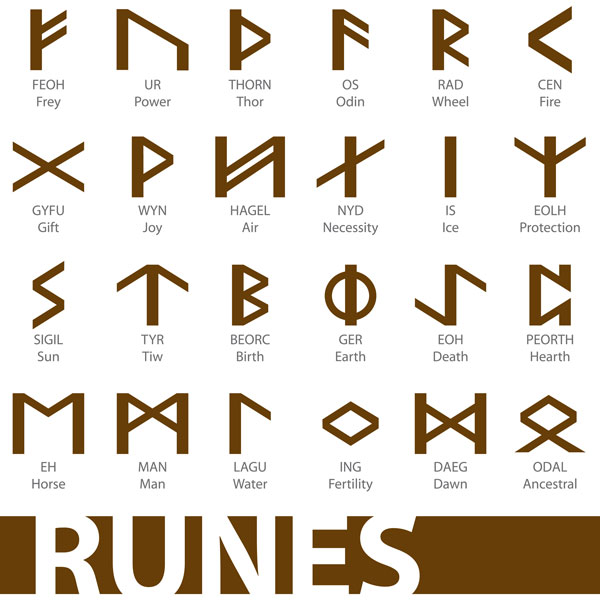

The Elder Futhark
The Elder Futhark, the oldest form of the runic alphabets, was used from the 2nd to the 8th centuries. It consisted of 24 characters and was used across Germanic Europe, including by early Norse speakers.
The Younger Futhark
By the Viking Age, the runic alphabet had evolved into the Younger Futhark, with only 16 characters.
This streamlined alphabet was adapted to the sounds of Old Norse and was the primary script for runes during this period.
Runestones: The Historical Witnesses
Runestones, large stones carved with runic inscriptions, are one of the most tangible connections we have to the Viking world.
These stones, found throughout Scandinavia, serve as historical documents, bearing witness to the language, culture, and even the humor of the Vikings.
Old Norse: The Language of the Vikings
Old Norse was a language of rich poetic tradition and practical daily use. It was the language of sagas, of trade, and of law. Understanding its structure and vocabulary gives us a window into the Viking mind.
Grammatical Structure of Old Norse
Like other ancient Germanic languages, Old Norse featured a complex system of inflections, with nouns, adjectives, and verbs changing form to indicate case, gender, number, and tense.
This complexity allowed for a rich variety of expressions.
Vocabulary and Old Norse Influence on Modern Languages
The Viking raids and settlements left their mark not only on history but also on the languages of the British Isles and beyond.
Words like “sky,” “window,” and even “law” in English have their roots in Old Norse.
In fact, it is estimated that there are around 400 English words that originated from Old Norse. Some of these are:
| English | Old Norse Origin |
| anger | angr |
| berserk | berserkr |
| crawl | krafla |
| guest | gestr |
| husband | husbondi |
| knife | knífr |
| mistake | mistaka |
| raft | raptr |
Influence on English
The Vikings’ influence on English is particularly noteworthy.
After centuries of Norse settlement and intermingling in the British Isles, many Old Norse words were absorbed into Old English, leaving a lasting impact on the language.
Influence on Scandinavian Languages
Modern Scandinavian languages—Danish, Norwegian, and Swedish—owe a great deal to Old Norse.
While they have evolved and diverged from their ancient ancestor, the core of these languages remains deeply rooted in the Viking Age.
Preserving the Viking Language
The preservation of Old Norse has been a monumental task, relying on literary and archaeological sources to piece together this ancient tongue.
Sagas and Eddas: Key Literary Sources
The Icelandic sagas and the Eddas are among the most important sources for understanding Old Norse.
These literary works, written in Iceland during the medieval period, preserve the myths, legends, and history of the Norse people in their language.
The Icelandic Sagas
The sagas, stories of ancient heroes, gods, and human struggles, offer a glimpse into the values, beliefs, and daily life of the Viking Age. They are a testament to the storytelling tradition of the Norse people.
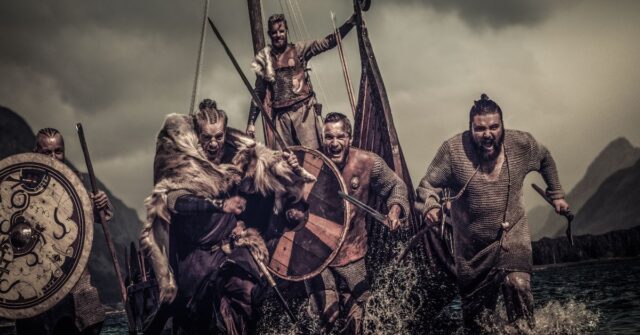

The Poetic Edda and The Prose Edda
The Eddas, collections of poems and mythological stories, are the primary sources for Norse mythology. They provide invaluable insights into the religious beliefs and cultural practices of the Vikings.
Archaeological Contributions
Archaeology has played a crucial role in uncovering the language of the Vikings.
Inscriptions on runestones, artifacts, and even buried inscriptions on objects have provided a wealth of information about Old Norse.
Inscriptions and Artifacts
Each inscription or artifact unearthed by archaeologists offers a new piece of the puzzle, helping linguists to reconstruct and understand the language and script of the Viking Age.
Comparative Linguistics and Reconstruction
By comparing Old Norse with other ancient languages, linguists have been able to fill in gaps and reconstruct aspects of the language that might have been lost.
This comparative approach has been invaluable in piecing together the linguistic landscape of the past.
The Modern Revival of Old Norse
In recent years, there’s been a growing interest in reviving Old Norse, not just among academics, but also among enthusiasts of history, mythology, and even fantasy literature and games.
Academic and Cultural Interest
Universities and cultural institutions around the world offer courses and workshops on the Old Norse language and literature, reflecting a surge in interest in Viking culture and its linguistic heritage.
Old Norse in Popular Media
From blockbuster movies to bestselling novels, Old Norse mythology and language have captured the imagination of the public, bringing the words of the Vikings to new generations.


Learning Old Norse Today
With resources ranging from online courses to study groups, learning Old Norse has never been more accessible. It’s a window into the past, a way to connect with the history and culture of the Viking Age.
Conclusion: The Enduring Legacy of the Viking Language
The language of the Vikings, with its rich history, poetic depth, and linguistic influence, continues to fascinate and inspire.
As we unravel its complexities, we not only gain insights into the Viking world but also enrich our understanding of the linguistic tapestry that connects our past to our present.
So, the next time you look up at the sky, remember the Vikings who sailed beneath it, speaking a language that has traveled through time to reach us.

